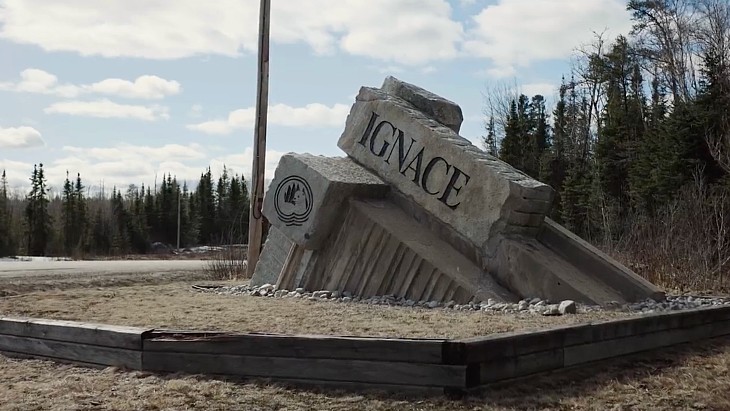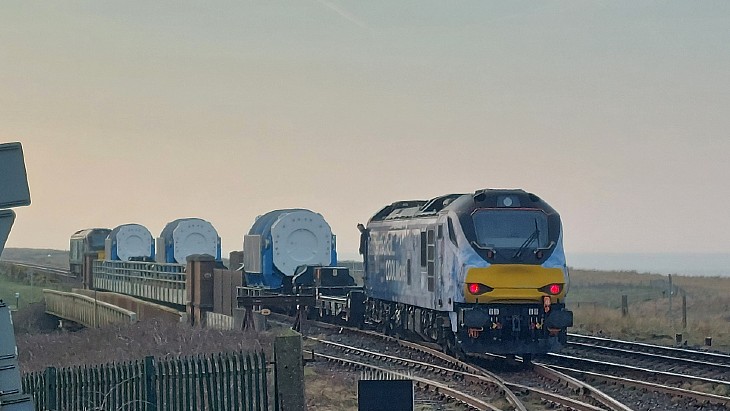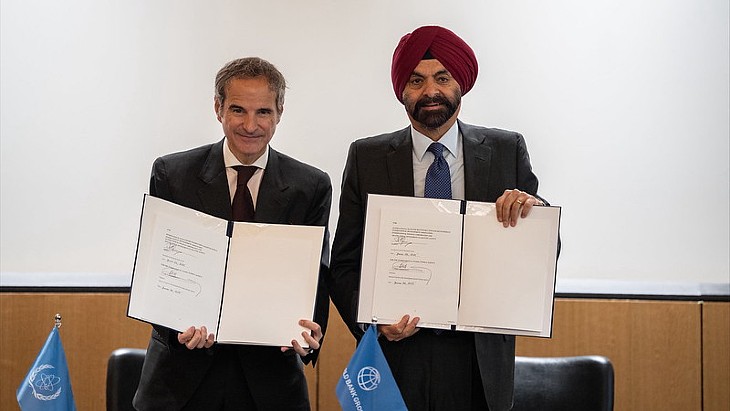Construction of WIPP ventilation system complete
.jpg)
WIPP, in New Mexico, is the USA's only repository for the disposal of transuranic, or TRU, waste which includes clothing, tools, rags, residues, debris, soil and other items contaminated with small amounts of plutonium and other man-made radioactive elements from the US military programme. The repository is excavated out of a natural rock salt layer 650 metres below ground, and has been operational since 1999.
The new Safety Significant Confinement Ventilation System (SSCVS) is being built in tandem with a new utility shaft. The SSCVS will pull air through the repository, pre-filter it to remove salt and can also, when required, send the air through a high-efficiency particulate air (HEPA) filtration system before releasing it to the environment. When it is fully operational, the new system will increase underground airflow from 170,000 cubic feet (4814 cubic metres) per minute up to 540,000 cubic feet per minute. The increased airflow will mean that activities to emplace sealed waste drums in the repository can take place at the same time as facility mining and maintenance operations.
WIPP's management and operations contractor, Salado Isolation Mining Contractors (SIMCO), was able to begin commissioning phase work of initial portions of the SSCVS facility and systems in October 2023. "Completing SSCVS construction allows us to pivot our focus to testing and commissioning the remaining SSCVS systems," said Ken Harrawood, SIMCO's president and programme manager at WIPP.
Testing and commissioning includes testing systems, integration, developing operational procedures and guidelines, training and qualifying staff, after which the facility will be handed over to trained WIPP operations personnel to bring it online. The SSCVS commissioning phase is currently 85% complete, the Office of Environmental Management said.
Construction of the SSCVS began in 2018 with completion originally envisaged for 2021, but progress was impacted when WIPP, like most of the office's field sites, focused on essential mission-critical operations during the COVID-19 pandemic. The office has identified completing the commissioning of the SSCVS, and initiating the readiness review process, as one of its top priorities for 2024.
_17992.jpg)
_75800.jpg)







..._58412.jpg)

